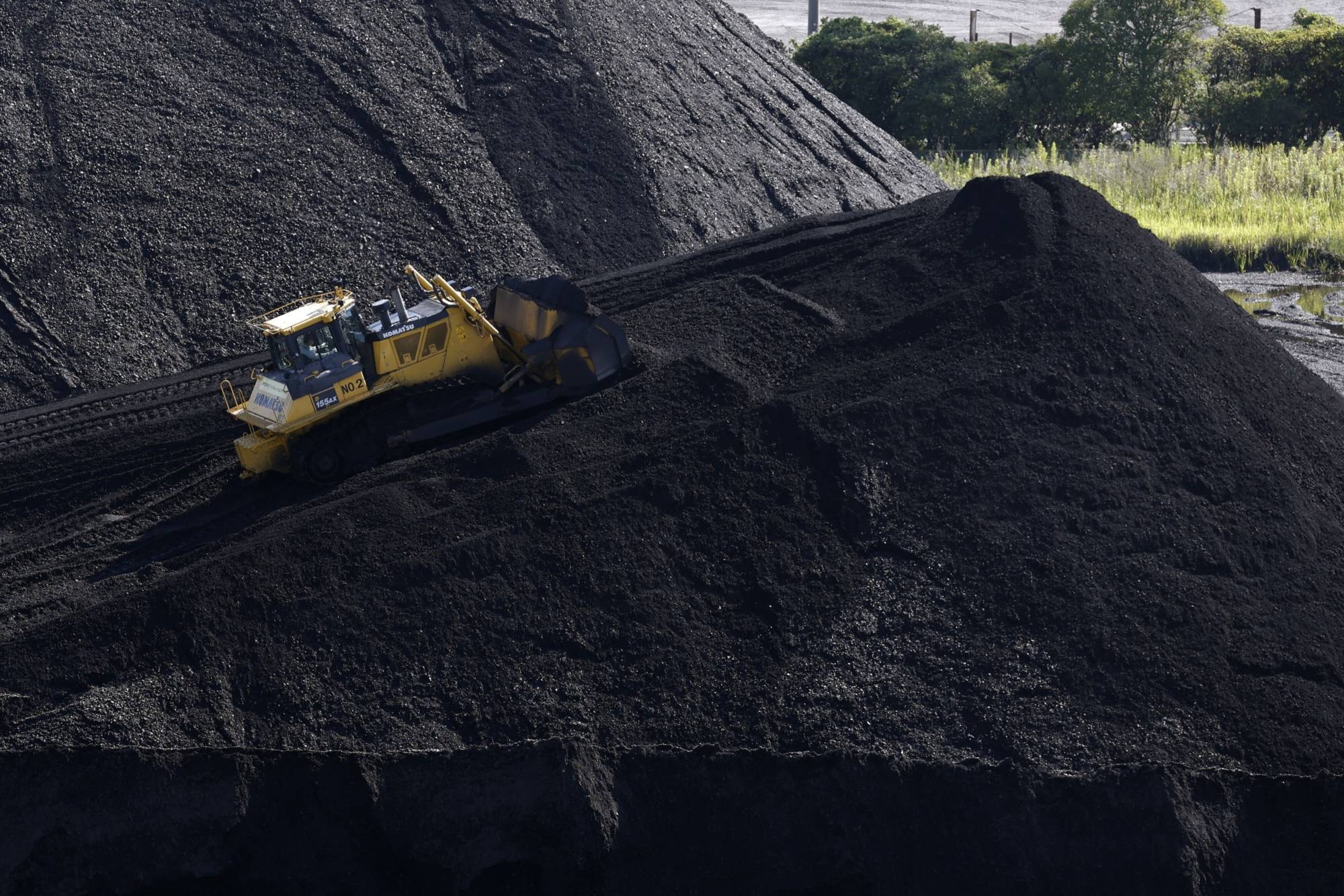It is perhaps fitting that April’s Group of Seven Ministers' Meeting on Climate, Energy and Environment was held in Sapporo, because the view on final approach to New Chitose Airport provides a good education on the trickier aspects of Japan’s climate challenge.
To the east is the expansive, coal-fired Tomato-Atsuma power station. To the west is the giant cooling tower from Tomakomai’s paper factory, and the vague shapes of the Muroran steelworks on the horizon. And far ahead is Yubari, the former coal mining city that faced financial ruin a decade after its last mine closed.
Now, as the G7 heads to Hiroshima with climate change still high on the agenda, the question of how to ensure a just transition — a climate and energy response that doesn’t leave behind the people and places who rely on high-emitting activities — is relevant for regions all over Japan. Planning for a just transition — translated into Japanese as “kōsei na ikō” — is another aspect of climate action where international environmental organizations and researchers claim Japan is lagging, despite the Japanese government, in its 2021 Long-Term Strategy Under the Paris Agreement, making a commitment to ensuring a just transition for workers in carbon-intensive sectors.


















With your current subscription plan you can comment on stories. However, before writing your first comment, please create a display name in the Profile section of your subscriber account page.